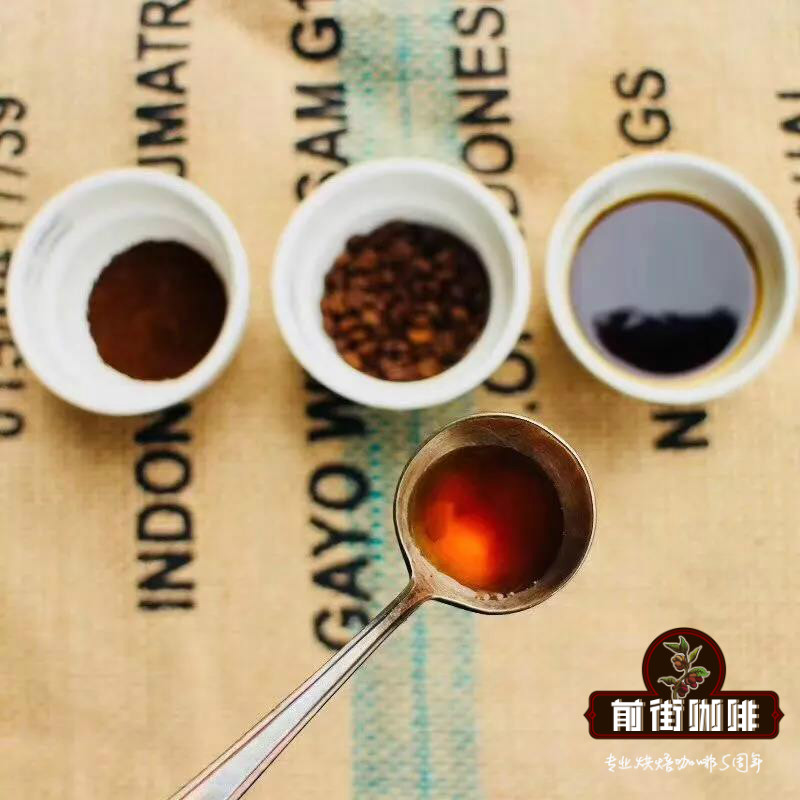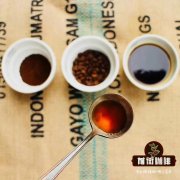Coffee roasting | what are the similarities and differences between caramelization and Maillard reaction

Professional coffee knowledge exchange more coffee bean information please follow the coffee workshop (Wechat official account cafe_style)
About 90% of sucrose is degraded during baking to form a variety of products, including formic acid (formic acids) and acetic acid (acetic acids).
Some experiments show that the content of acetic acid can increase by about 20 times in the early stage of baking and decrease rapidly in the later stage of baking. Although acetic acid is a weak acid, it can affect the flavor of coffee. Arabica coffee contains about twice as much sucrose as robusta coffee, so we can experience obvious aroma and acidity in Arabica coffee.
In short, caramelization produces aromas, acidity, carbon dioxide, and color during baking. Caramel reaction and Maillard reaction together have an effect on the formation of the final flavor of coffee. Caramelization and Maillard reaction are both similar and different:
1. The caramelization reaction does not require nitrogen sources (elements), it is only the decomposition of sugar. Maillard reaction requires sugars and amino acids (nitrogen sources).
two。 The temperature of caramelization reaction is higher than that of Maillard reaction. Maillard reaction can be carried out slowly at room temperature, while caramelization reaction is usually carried out above 150 ℃.
3. Both reactions result in the formation of protein melanin and flavor compounds: color and flavor.
Important Notice :
前街咖啡 FrontStreet Coffee has moved to new addredd:
FrontStreet Coffee Address: 315,Donghua East Road,GuangZhou
Tel:020 38364473
- Prev

Introduction to the characteristics of Japanese hand-made coffee beans _ where to buy coffee beans in Japan is more authentic
Professional coffee knowledge exchange more coffee bean information Please pay attention to the coffee workshop (Wechat official account cafe_style) hand-brewed coffee is the use of hot water to extract the beautiful substances in coffee beans, without adding anything else, you can drink the taste of the coffee itself. In the matter of drinking coffee, more and more people pay attention to the pure taste, unique taste, healthy ingredients, and
- Next

Coffee roasting | what are the common problems encountered during coffee roasting?
Professional coffee knowledge exchange more coffee bean information Please pay attention to the coffee workshop (Wechat official account cafe_style) Coffee roasting process often encountered the following problems: first, the oven preheating temperature is not enough, coffee beans immediately into the oven, making the roasting time longer. Therefore, the baking loss is large and the color of coffee beans is light, which is due to the lack of heat and the lack of sufficient coking of the skin.
Related
- Beginners will see the "Coffee pull flower" guide!
- What is the difference between ice blog purified milk and ordinary milk coffee?
- Why is the Philippines the largest producer of crops in Liberia?
- For coffee extraction, should the fine powder be retained?
- How does extracted espresso fill pressed powder? How much strength does it take to press the powder?
- How to make jasmine cold extract coffee? Is the jasmine + latte good?
- Will this little toy really make the coffee taste better? How does Lily Drip affect coffee extraction?
- Will the action of slapping the filter cup also affect coffee extraction?
- What's the difference between powder-to-water ratio and powder-to-liquid ratio?
- What is the Ethiopian local species? What does it have to do with Heirloom native species?

